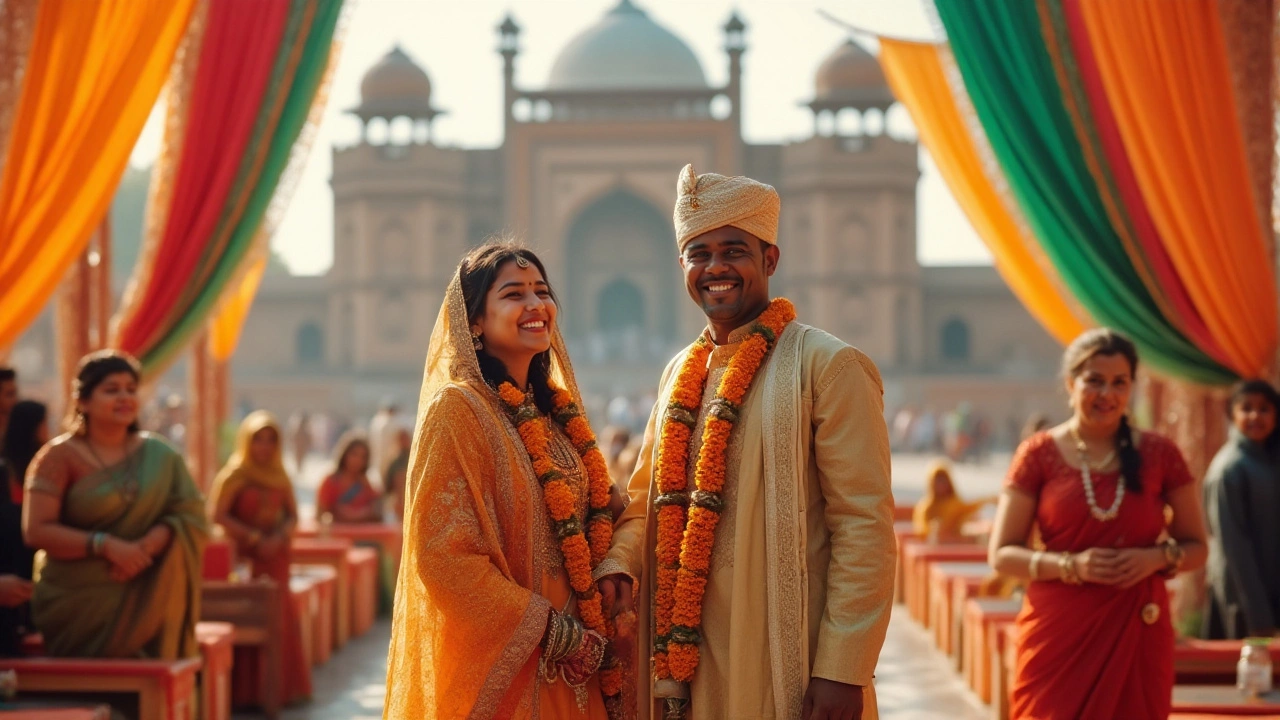Indian Wedding Process: Legal Steps, Timelines & Practical Tips
Planning an Indian wedding can feel like juggling fireworks, family expectations, and a mountain of paperwork. While the rituals make the day magical, the legal side is what secures your marriage for the long run. Below is a straightforward guide that walks you through every must‑do, from gathering documents to registering your union.
1. Gather the Core Documents
Before you even think about a venue, collect these basics:
- Proof of age – birth certificate or school certificate.
- Proof of residence – electricity bill, rent agreement, or passport copy.
- Passport‑size photos – typically two for each partner.
- Address proof for parents – needed if you’re applying for a joint certificate.
- Divorce decree or death certificate – only if one partner was previously married.
Having all these ready cuts down the time you spend at the marriage registrar’s office.
2. Choose the Right Marriage Act
India offers three legal routes:
- Hindu Marriage Act – applies to Hindus, Jains, Sikhs, Buddhists.
- Special Marriage Act – for inter‑faith couples or those who want a civil ceremony.
- Muslim Personal Law – follows nikah procedures.
Select the act that matches your religion or personal preference. The form you fill out and the witnesses you need depend on this choice.
Witnesses matter. You need at least two adult witnesses for the registration. They don’t have to be family, but they must have valid ID.
Once you know the act, book an appointment at the local Sub‑Registrar office. Most major cities now let you schedule online, which saves hours of waiting.
3. Timeline: From Notice to Certificate
The legal timeline is simple but strict:
- Notice of Intended Marriage – Submit a notice form at the registrar. This starts a 30‑day public notice period.
- Objection Period – Anyone can raise a legal objection within those 30 days. If there’s none, you move ahead.
- Marriage Registration – After the wait, you and your witnesses sign the marriage register. Some offices require a priest or officiant to be present.
- Marriage Certificate – You receive the official certificate within a few days. Keep it safe; you’ll need it for passport, bank accounts, and insurance.
Do the paperwork early, especially if you have a tight wedding schedule. Missing the 30‑day window can push your ceremony weeks later.
4. Practical Tips to Avoid Hassles
Know the local office hours. Many registrars close for a few hours on Fridays.
Carry originals and photocopies. The registrar will stamp originals and keep copies.
Check name spellings. A typo on the certificate can cause headaches later when you apply for visas.
Consider a digital copy. Some states now issue e‑certificates that you can download instantly.
Finally, talk to your families early about the legal steps. When everyone knows the required documents and timelines, you can focus on the fun parts – the colors, the music, and the food.
5. After the Wedding: Updating Your Records
Once you’re married, update these key places:
- Bank accounts – add your spouse as a joint holder or nominee.
- PAN and Aadhaar – link your new surname if you changed it.
- Insurance policies – ensure your spouse is a beneficiary.
- Passport – apply for a new passport reflecting your married name.
Doing this quickly prevents mismatched IDs during future legal processes.
In short, the Indian wedding process blends tradition with a few clear legal steps. Gather the right docs, pick the appropriate act, respect the 30‑day notice period, and keep copies of everything. Follow these tips, and you’ll spend more time dancing and less time worrying about paperwork.

How Tourists Can Legally Marry in India: A 2025 Guide
Exploring the possibility of a tourist getting married in India involves understanding the legal framework, the documentation required, and the cultural nuances involved in the process. India presents a unique blend of tradition and modernity in weddings, attracting many international couples. The process has been simplified but still requires attention to detail for a seamless experience. This guide uncovers the essential steps and tips for tourists who wish to tie the knot on Indian soil.